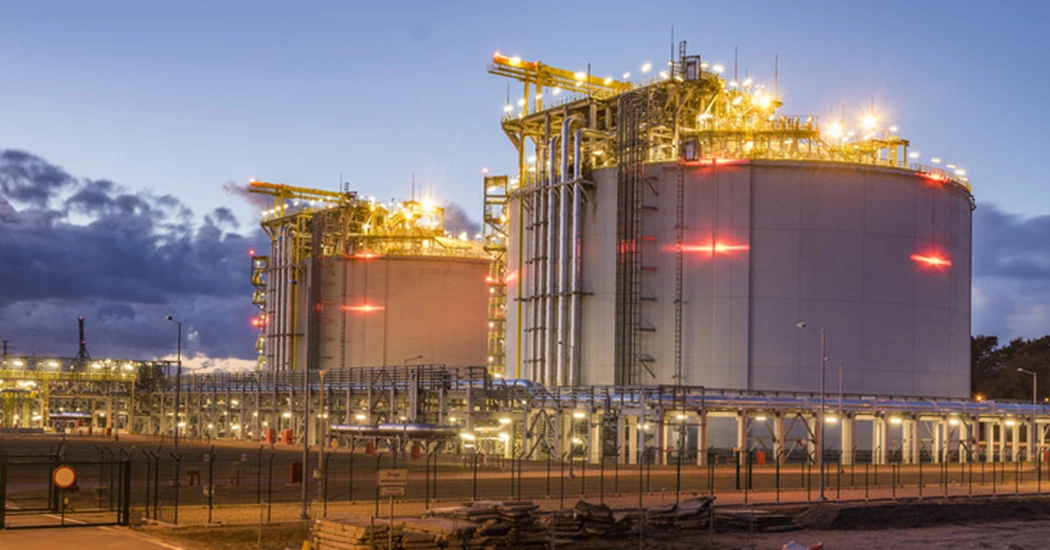US is now a global energy superpower giving the market a makeover
The energy market is pretty used to altering supply and demand dynamics, coupled with ever present geopolitical and macroeconomic influences. However, of late, something remarkable has happened that is bringing about profound changes capable of giving the market a complete makeover – the ascendency of the US as a global energy superpower.
Such a descriptor cannot be brandished lightly and needs to be earned. That is something the Americans have recently done with aplomb. For at the turn of the year, the US emerged the world’s largest producer of both oil and natural gas, the largest exporter of liquified natural gas (LNG), and the third-largest exporter of oil.
No mean feat
This is no mean feat considering the country’s oil production stood at a 62-year low in 2008 and it only became a net oil exporter as recently as 2019. The US also only entered the global LNG export market in 2016, ultimately eclipsing both Qatar and Australia on its way to the top of the leaderboard by the end of 2023.
Much of this bottles down the country’s shale revolution powered by human ingenuity and the spirit of private enterprise over at least three decades of ups and downs. Some 10 years on from when that journey began to bear tangible results, the country’s total liquids production for Q4 2023 stood at 21.4 million barrels per day (bpd), of which 13.3 million bpd was crude and condensate, with the balance composed of natural gas liquids and biofuels.
In terms of pure play LNG exports, global data aggregators such as LSEG and Bloomberg reckon US volumes range between 88 to 91 million metric tons these days. Away from traditional energy data incorporating biofuel production, the country’s renewable energy capacity, including hydroelectric, is the second-highest in the world. It stood at nearly 400GW in 2023 along with near 100GW of nuclear capacity.
The hub of US energy prowess is the city of Houston – America’s energy capital and a place which has the potential to become the “Silicon Valley of Energy”, according to billionaire philanthropist and Microsoft co-founder Bill Gates.
Investors, including Gates himself, are pouring billions of dollars into cleantech ventures and innovation projects that increasingly feel at home in Texas in general and the greater Houston area in particular. The Lone Star state also remains beating heart of the US LNG industry with nearly 10 export terminals either in operation, under construction or at first proposal stage. And the neighbouring state of Louisiana also boasts of a similar number.
Such developments make it all the more befitting that Gastech, a key industry fixture that has been running for over 50 years, will be held in Houston from September 17-20 this year. It will have dedicated cleantech, artificial intelligence (AI) and hydrogen agenda strands alongside natural gas dialogues.
Profound shifts aplenty
When the energy world gathers in Houston for the week-long event, expect the palpable shifts created by the US in terms of production and technological breakthroughs as well as their geopolitical impact to be under the microscope.
Starting with the latter, the transformation of the US from being the world’s largest energy importer to one of its biggest exporters has recalibrated risk premiums in oil and natural gas markets. The Russia-Ukraine war, which saw increased importation of US LNG by several European nations, offers a clear example of this. US LNG exports played a major role in reducing European reliance on Russian piped gas.
US light crude exports are also keeping global oil prices relatively honest. Courtesy of incremental US hydrocarbon volumes, geopolitical risk driven double-digit energy price spikes of yesteryears have now come down single-digit market infractions that are often short-lived.
US export terminals, especially LNG terminals ironically initially conceived as import facilities in 2008, are now considered to be multibillion-dollar investment opportunities by global energy behemoths like Aramco and ADNOC.
Opportunities are not limited to traditional and renewable energy alone. Despite the country’s often complicated domestic politics in an election year, the US continues to incubate emerging clean energy and efficiency technology start-ups at a canter.
More so, after the US Inflation Reduction Act of 2022 provided a further boost to clean energy initiatives. This is unlikely to be upended by the next occupant of the White House regardless of political persuasion. If anything, the sector’s operational tectonic plates are shifting, and the presence of the US will be felt incrementally across the global energy transition chain for years to come.
- Gaurav Sharma is a London-based energy market analyst, commentator and a former global investment banking analyst. He is a regular contributor to global academic forums, energy industry events and OPEC conference streams.
Energy Connects includes information by a variety of sources, such as contributing experts, external journalists and comments from attendees of our events, which may contain personal opinion of others. All opinions expressed are solely the views of the author(s) and do not necessarily reflect the opinions of Energy Connects, dmg events, its parent company DMGT or any affiliates of the same.
KEEPING THE ENERGY INDUSTRY CONNECTED
Subscribe to our newsletter and get the best of Energy Connects directly to your inbox each week.
By subscribing, you agree to the processing of your personal data by dmg events as described in the Privacy Policy.
















